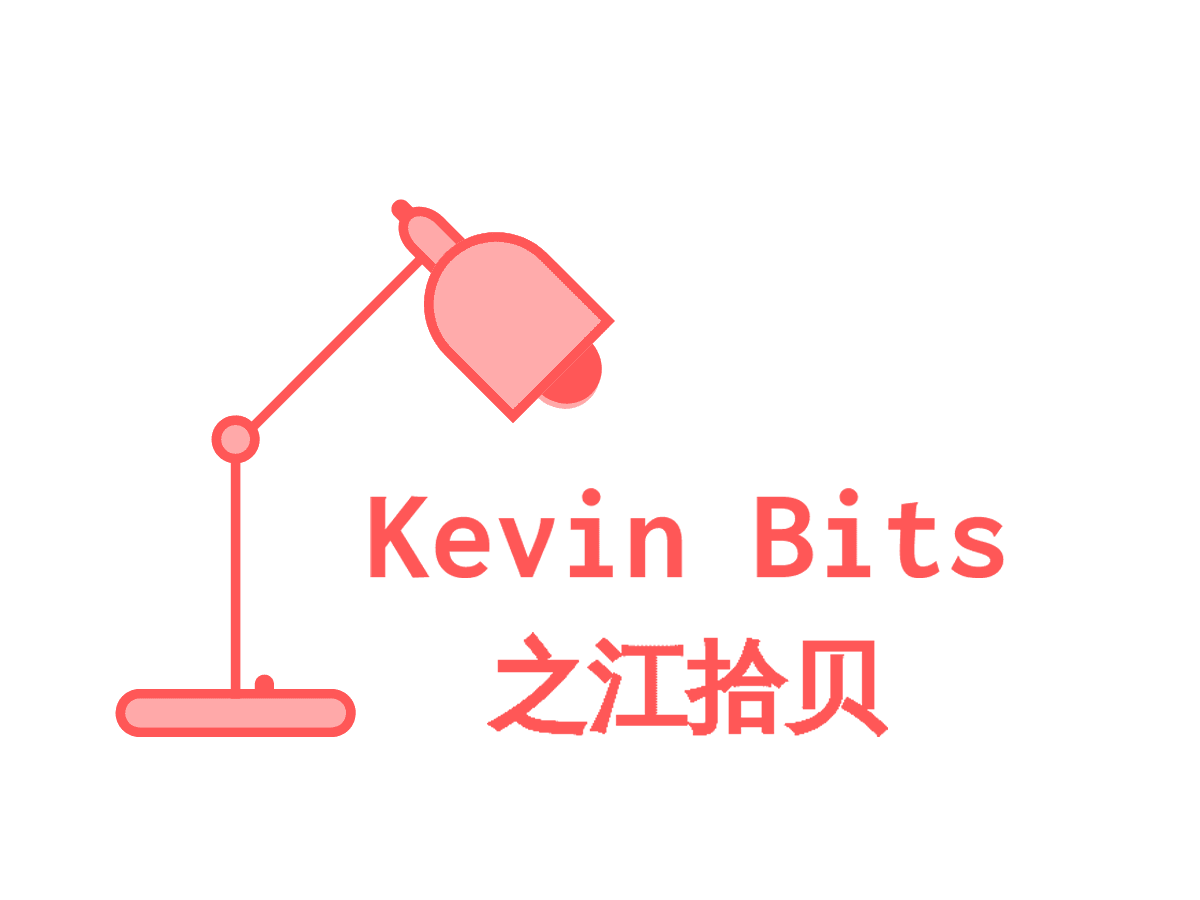The inflation in the EU zone has been declined since 2011 from ~3% to 0.8% in February. The latest reported consumer prices on annual basis stay the same as in the previous two months, suggesting the inflation has been stabilizing. The decline of inflation is as a result of the budgetary austerity since 2009 sovereign debt crisis, however the impact seems phasing out in recent months. The inflation in the euro zone could have bottomed out (refer to my Notes on January 18, 2014).
In such situation, the ECB, who concerns the low inflation, would be more likely to start monetary stimulus in the March 6 meeting to foster economic recovery.
Last month, the ECB president, Dr. Draghi said that the bank needed to get more information on the recovery before making any decision. “We are willing and we are ready to act,” Draghi has repeatedly said.
The president has been emphasizing the legitimacy of monetary policy tools, including any unconventional ones. “… the central bank should be endowed with a clear price stability mandate and, within this mandate, should be allowed – in fact obliged – to use its instruments in full independence to deliver price stability.” He said in speech yesterday ([1]).
The ECB sets the inflation target 2% and the current inflation is less than half of that level. High unemployment (12%) drags the inflation, making it very difficult to return to the target without external forces, namely monetary policy or fiscal stimulus. The late remains unlikely given the high debt owned by many euro zone countries.
References:
[1] Speech by Mario Draghi: The path to recovery and the ECB’s role, February 27, 2014.
